Ultra-Luxury River Cruises
With Scenic, it’s more than an ultra-luxury river cruise, it’s a seamless journey from start to finish that places you at the heart of everything we do.
Our river cruises take you to extraordinary regions, while immersing you in the rich history, local cultures, and culinary delicacies to create moments that will be cherished for years to come.
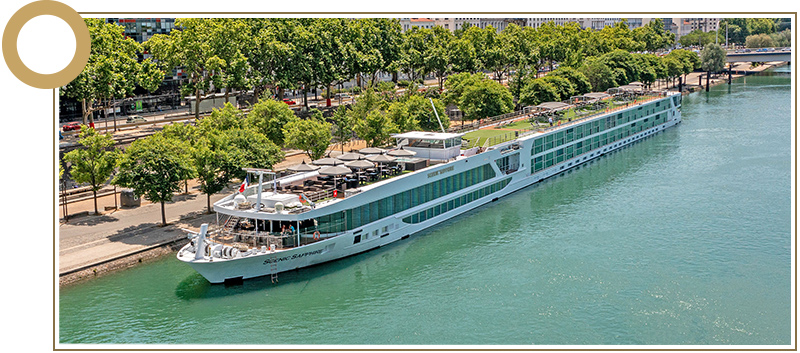
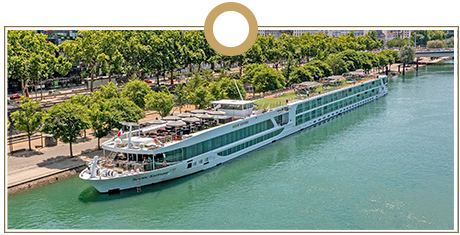
To secure your space onboard or to get more information about our itineraries, call our friendly reservations team at 857-837-0439 or contact your professional travel advisor.
From the historic waterways of Europe to the mighty Mekong River in Southeast Asia, a Scenic 5-star river cruise is in a class of its own. Every detail has been taken care of to the Nth Degree by our world-class crew so you can enjoy the benefits of a truly all-inclusive journey.
Destinations
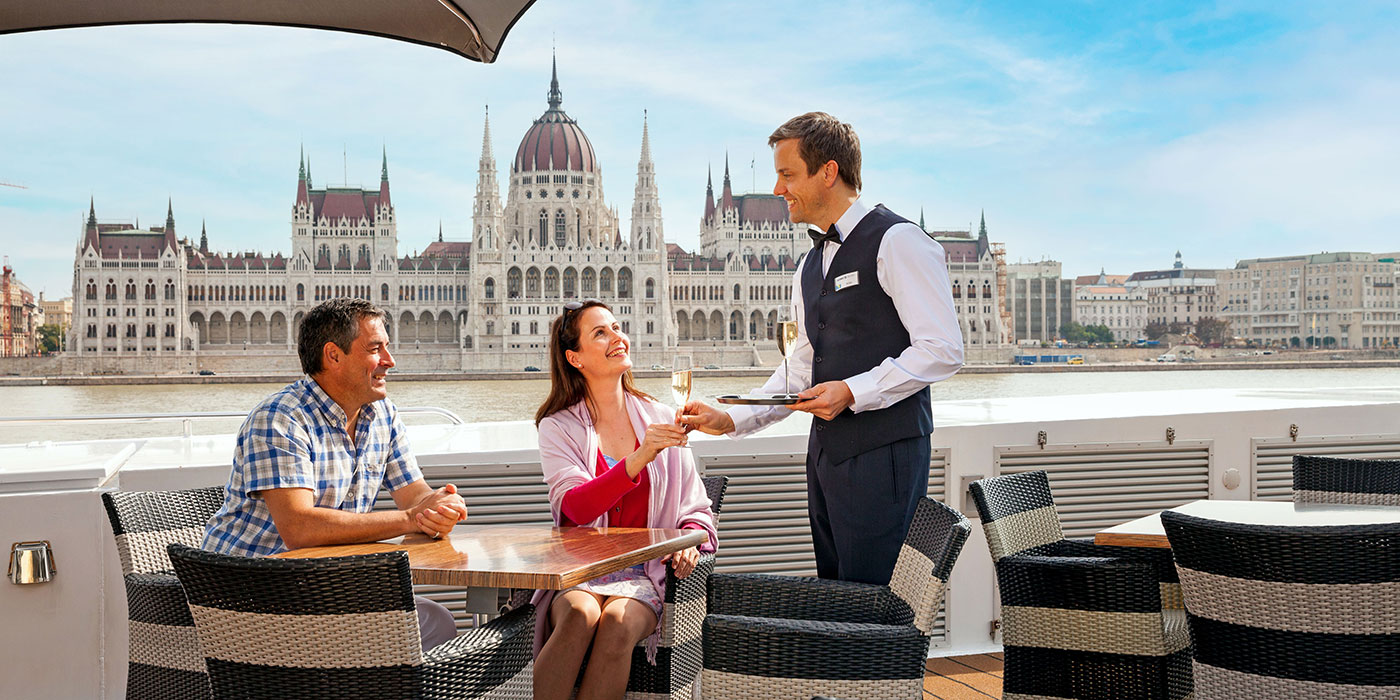

.
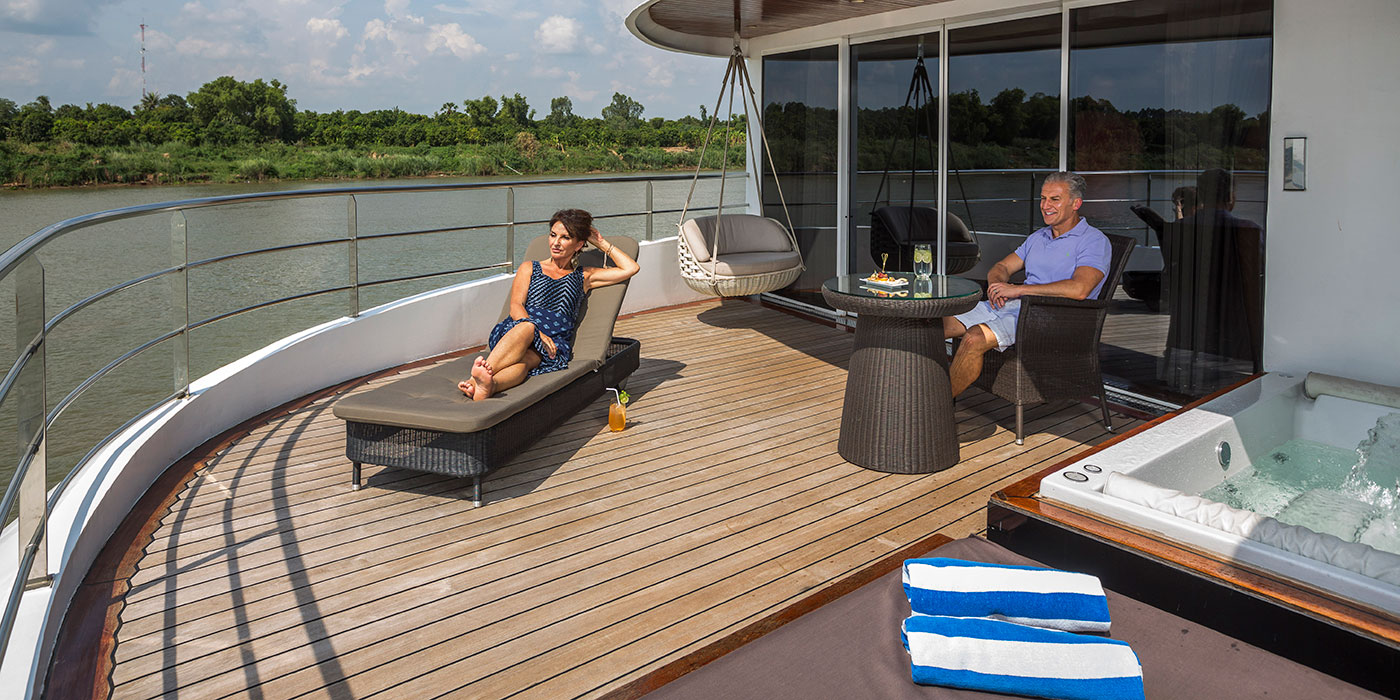

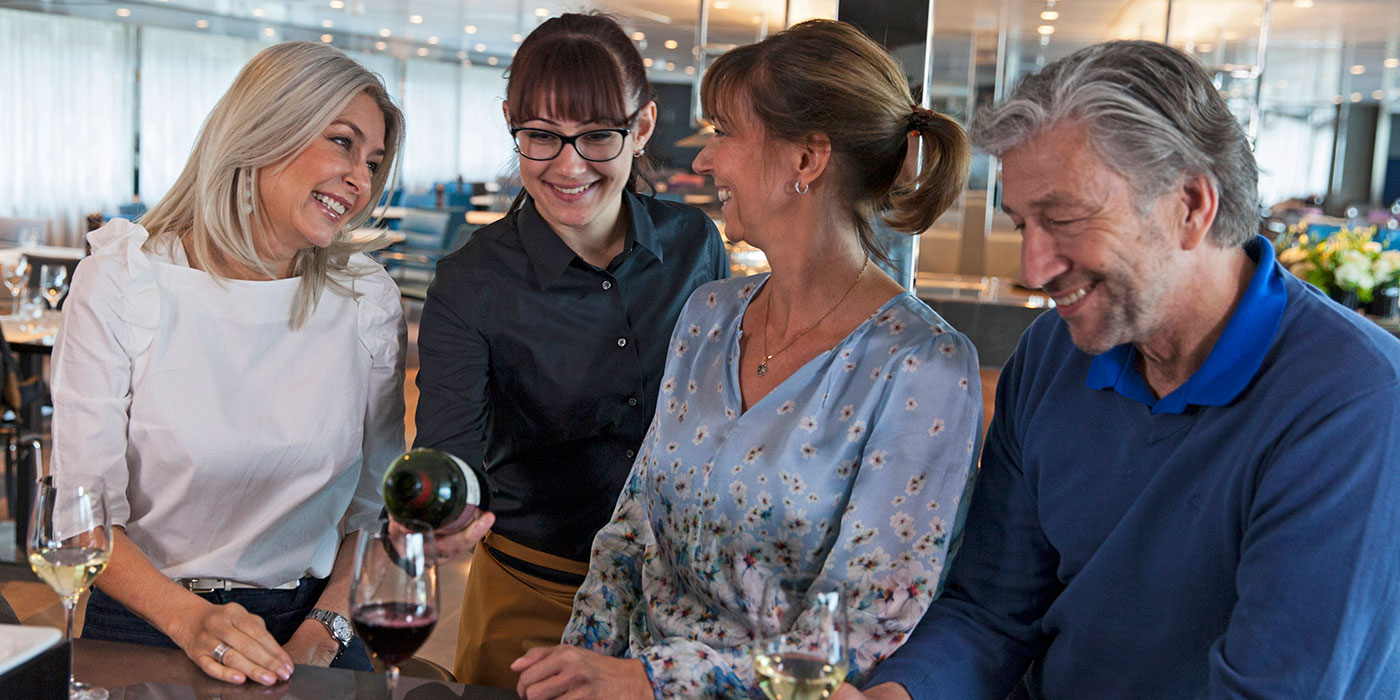

Yes, please keep me updated with the latest special offers, travel inspiration, product updates, and event invites.